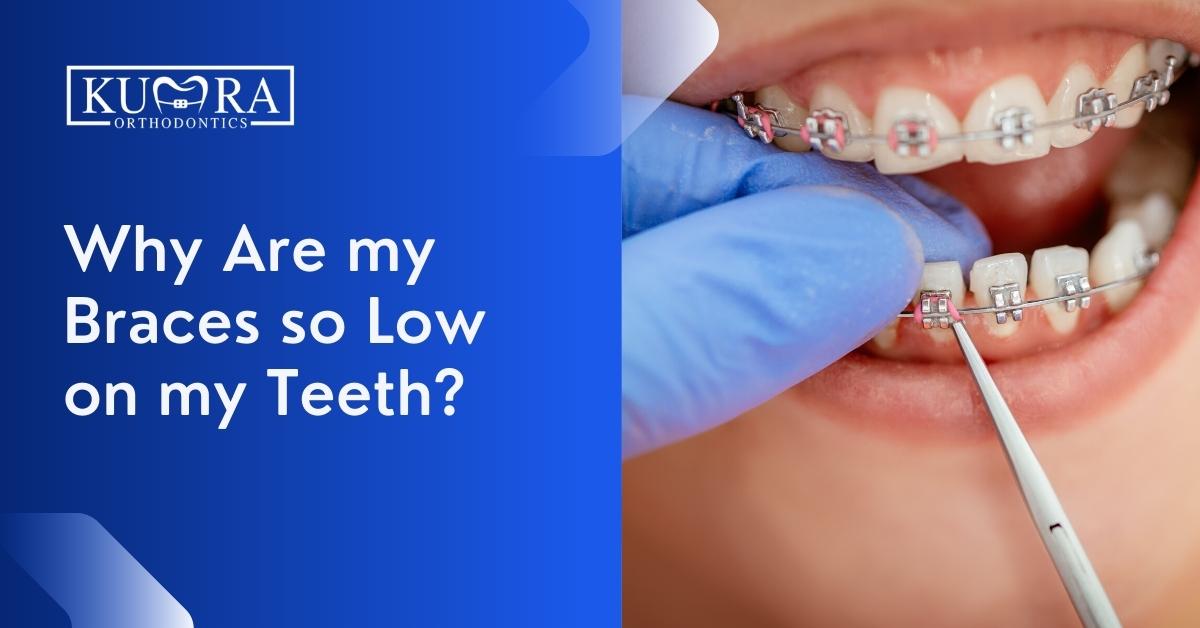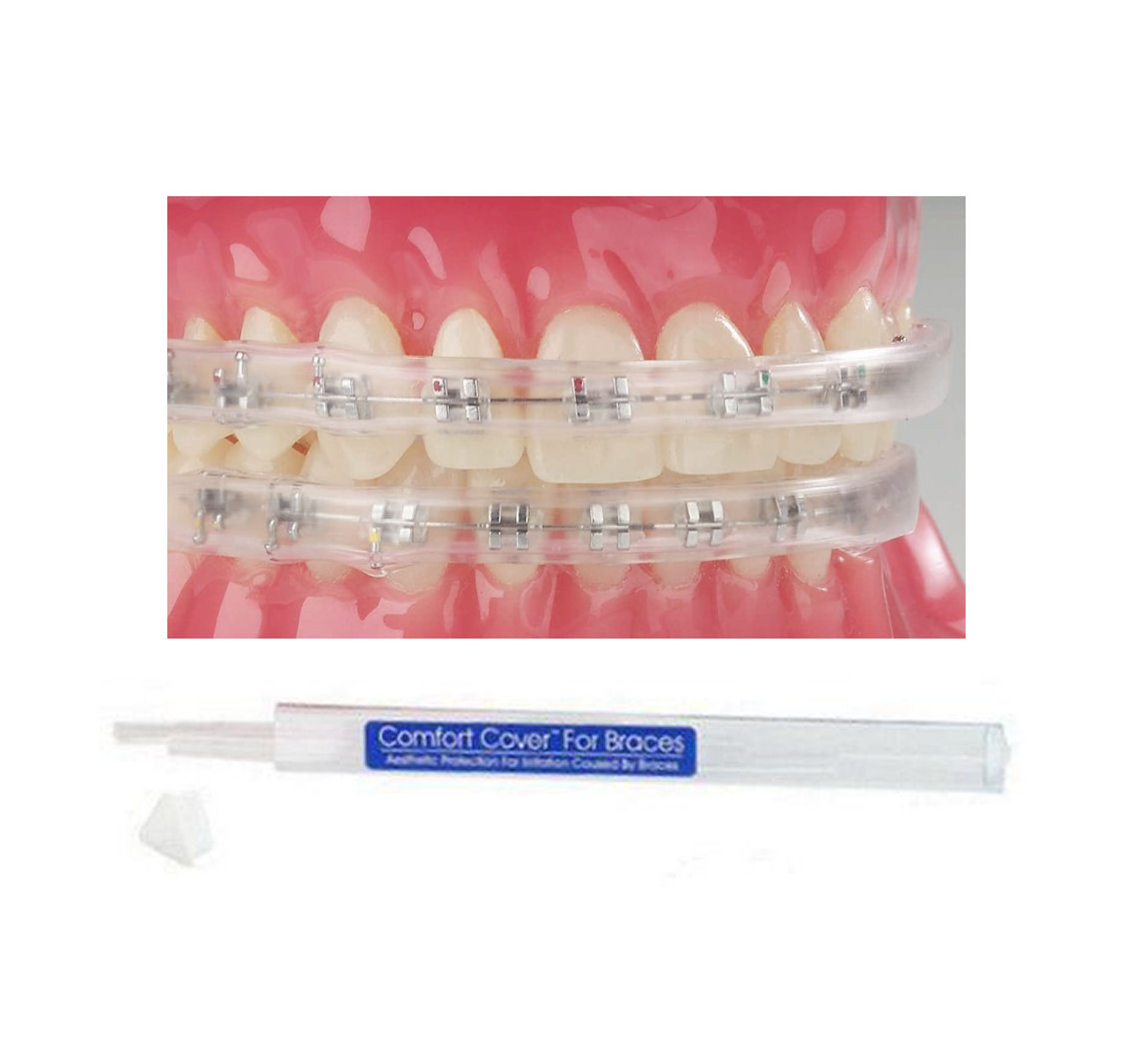The Benefits of Picking a Cumming Orthodontist for Your Braces and Aligners
The Benefits of Picking a Cumming Orthodontist for Your Braces and Aligners
Blog Article
Comprehensive Guide to Orthodontics Procedures for Remedying Dental Imbalances
Recognizing the intricacies of each procedure, including their systems, benefits, and prospective downsides, is critical in making informed choices concerning one's orthodontic therapy. As we browse through the extensive guide to orthodontic procedures for correcting dental imbalances, the intricate information of each approach will certainly unfold, dropping light on the path toward a useful and unified dental placement.
Orthodontic Procedures Introduction

Regular adjustments and tracking are crucial components of orthodontic therapy to ensure development is on track and to make any kind of necessary modifications along the method. By undertaking orthodontic treatments, patients can not only accomplish a straighter grin yet also improve their general dental wellness and function.
Standard Braces: Just How They Function
When thinking about orthodontic treatments for dental imbalances, standard braces stand apart as a tried and true method for dealing with teeth placing. Conventional dental braces contain brackets, cords, and bands that function together to use constant pressure on the teeth, gradually relocating them into the desired placement. The brackets are attached to the teeth making use of an unique adhesive, and the wires are threaded through the brackets. By adjusting the stress of the cables, orthodontists can manage the direction and pressure put on each tooth, assisting them into proper alignment in time.
As pressure is applied to the teeth with the dental braces, the bone bordering the teeth is improved to support the new tooth positions. Individuals will certainly require normal adjustments at the orthodontist's office to guarantee the dental braces continue to apply the proper pressure for effective teeth motion.
Invisible Aligners: Cons and pros
These clear, tailor-made trays are basically invisible when used, making them an enticing option for individuals seeking a much more cosmetically pleasing orthodontic therapy. Patients can remove the aligners before eating or cleaning their teeth, lowering the risk of food getting stuck in the device and streamlining the cleansing procedure.

Surgical Orthodontic Options
Surgical interventions in orthodontics present feasible alternatives for addressing complex dental misalignments that may not be successfully settled through conventional orthodontic therapies. While invisible aligners and conventional braces can remedy lots of orthodontic concerns, particular instances require surgical treatment to attain optimum outcomes. Surgical orthodontic alternatives are generally recommended for severe malocclusions, significant jaw discrepancies, and cases where the underlying bone structure requires modification to achieve proper alignment.
One common surgical orthodontic procedure is orthognathic surgery, which involves repositioning the jaws to correct practical problems such as problem speaking or chewing. This surgical treatment where's the closest dentist is usually carried out in cooperation with an orthodontist who assists straighten the teeth prior to and after the procedure. Surgical orthodontics may also entail treatments to reveal affected teeth, remove excess periodontal tissue, or reshape the jawbone to develop an extra unified facial account.
Prior to considering medical orthodontic choices, patients undertake a detailed analysis to figure out the requirement and prospective advantages of such treatments. cumming orthodontics. While surgical procedure may seem complicated, it can considerably enhance both the function and looks of the smile in situations where conventional orthodontic therapies fail
Retainers and Post-Treatment Care

Post-treatment treatment involves adhering to the orthodontist's instructions faithfully. This might include appropriate dental hygiene practices, going to follow-up appointments, and using the retainers as recommended. Failure to follow post-treatment care guidelines can result in relapse, where the teeth slowly return towards their initial settings. Consistent retainer wear, excellent oral hygiene, and normal oral exams are essential for keeping the outcomes accomplished through orthodontic surgical treatment and ensuring the long-lasting security of the corrected oral alignment.
Verdict
To conclude, orthodontic treatments supply various options for dealing with dental misalignments. Standard dental braces utilize metal brackets and cables to move teeth right into appropriate alignment. Invisible aligners offer a more discreet alternative however may not be suitable for all cases. Surgical orthodontic options are available for extra extreme imbalances. Retainers are generally used post-treatment to maintain the brand-new placement. Generally, orthodontic procedures can efficiently improve oral wellness and visual look.
As we browse through the detailed guide to orthodontic treatments for correcting dental imbalances, the complex information of each technique will certainly unfold, losing light on the path towards a harmonious and useful dental placement. - invisalign
One of the most common orthodontic therapies is the use of braces, which are composed of metal brackets and cords that apply gentle stress to slowly shift teeth into the wanted setting.When taking into consideration orthodontic therapies for dental imbalances, typical dental braces stand out as a reliable method for dealing with teeth positioning. Furthermore, invisible aligners might check here not be suitable for intricate orthodontic problems that call for more substantial teeth movement, as they dental care services are commonly suggested for mild to modest situations. Retainers are custom-made orthodontic tools developed to hold teeth in their dealt with positions after the completion of orthodontic therapy.
Report this page